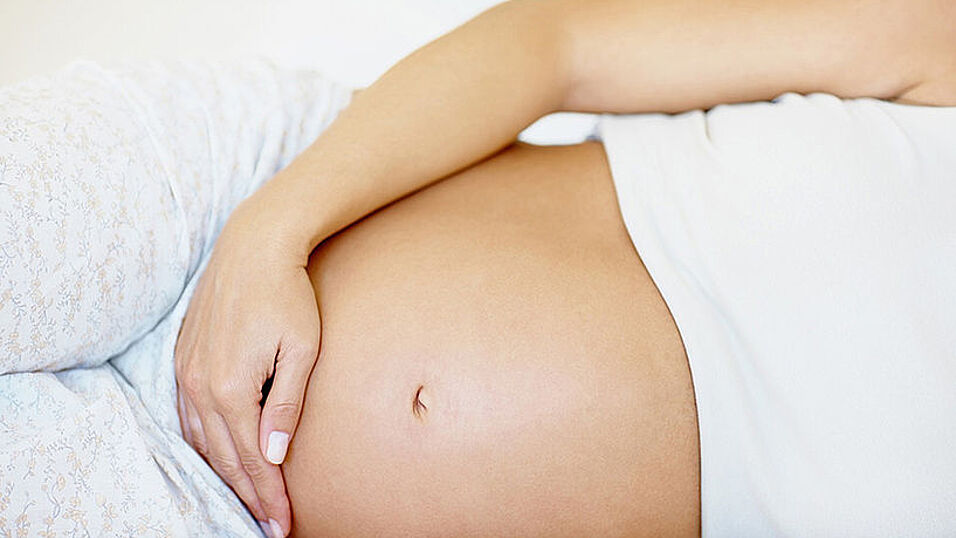It has been a long standing evolutionary question why the human pelvis has not grown wider over the years. The head of a human baby is large compared with other primates, meaning animals such as chimps can give birth relatively easily. The researchers devised a mathematical model using data from the World Health Organization and other large birth studies. They found opposing evolutionary forces in their theoretical study. One is a trend towards larger newborns, which are more healthy. However, if they grow too large, they get stuck during labour, which historically would have proved disastrous for mother and baby, and their genes would not be passed on. "One side of this selective force - namely the trend towards smaller babies - has vanished due to Caesarean sections," said Dr Mitteroecker. "Our intent is not to criticise medical intervention," he said. "But it's had an evolutionary effect. "
(reported by Helen Brigg, BBC)
More information (in German) here.
The current paper "Cliff-edge model of obstetric selection in humans" was published in the journal Proceedings of the National Academy of Sciences. (doi/10.1073). Authors: Philipp Mitteröcker, Simon Huttegger, Barbara Fischer and Mihaela Pavlicev

